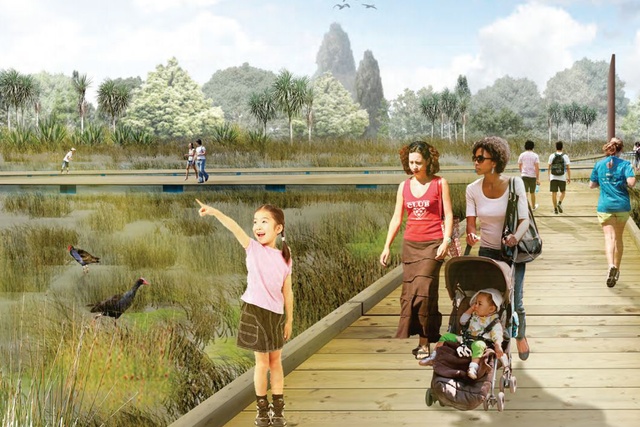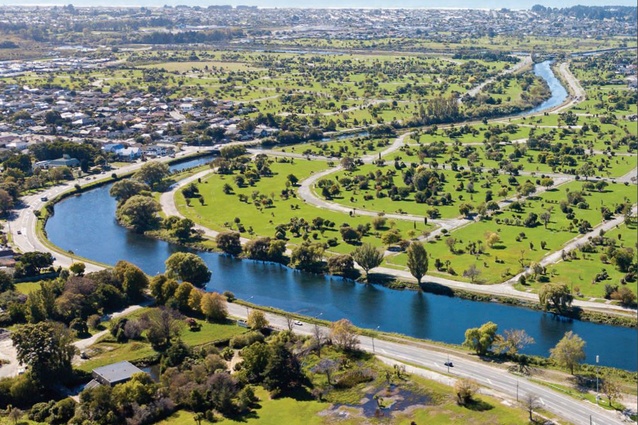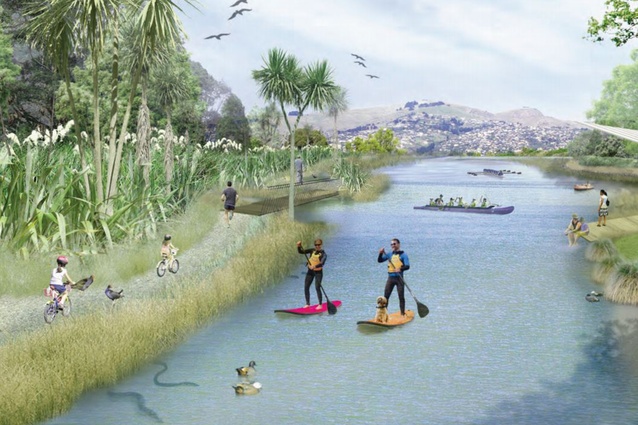Regenerate Christchurch plan approved
The plan to regenerate the part of east Christchurch devastated by earthquakes has been approved. Covering 602 hectares, the so-called red zone used to contain over 5000 homes.
Under the 30-year plan it will be divided into four areas. Just over half of it will now become a “green spine” following the Ōtākaro Avon River, running from central Christchurch to New Brighton. The Government will contribute $40m to help accelerate the development, which will include walking paths, nature trails and cycleways. The other three zones will be focused on environmental restoration, recreation and visitor attractions.
Regenerate Christchurch chief executive, Ivan Iafeta, says this approval is a significant milestone for Christchurch, with the plan not only reflecting the important history and heritage of the Ōtākaro Avon River Corridor but also setting out a bold aspirational vision for its future.

“Extensive community engagement informed development of the vision of the river connecting us together – with each other, with nature and with new possibilities, which are genuinely exciting,” Iafeta says. “The Green Spine will connect the central city to New Brighton with a mix of recreational, commercial and community uses. And the opportunity to create an exemplar of climate change response that will benefit people and countries around the world will further enhance Christchurch’s national and international point of difference.”
Mr Iafeta says, while the vision will continue to guide and influence decision-making long into the future, a sound, transparent governance structure will be important to ensure stewardship of the area, championing of the vision and attraction of the private investment that will be required over-and-above the public investment.
The Minister for Greater Christchurch Regeneration’s approval means changes will be made to the Christchurch District Plan to enable the land uses identified in the plan. Those changes will be based on the significant technical work that informed Regenerate Christchurch’s development of the plan, and research findings that demonstrated the community’s strong interest in protecting and enhancing the area’s natural environment.
Mr Iafeta says the plan identifies land uses that are best for achieving the vision but does not explicitly rule out other potential land uses. “It is a plan that anticipates and accommodates the potential for change over time. This, I believe, will prove to be one of its greatest strengths.”

The plan includes:
- A 345 hectare green spine or parkland along the Avon River.
- Ōtākaro loop reach, an area dedicated to activity and play.
- Horseshoe lake reach, an area dedicated to food and culture.
- The Eastern reaches, an area dedicated to experiencing nature.
- About 350 hectares of ecological restoration.
- 80 hectares of wetland to treat 2600 hectares of stormwater catchment.
- An 11-kilometre city to sea path from New Brighton to the city.
- Widening and deepening of a stretch of the Avon River to promote waters ports.
- Permanent stopbanks to reduce flood risk to 4000 homes.
- About 150 sections on the edge of the red zone to be made available for housing.
- Six areas to trial adaptable housing.
This article was first published on the Landscape Architecture Aotearoa website, which is published by the New Zealand Institute of Landscape Architects (NZILA).












